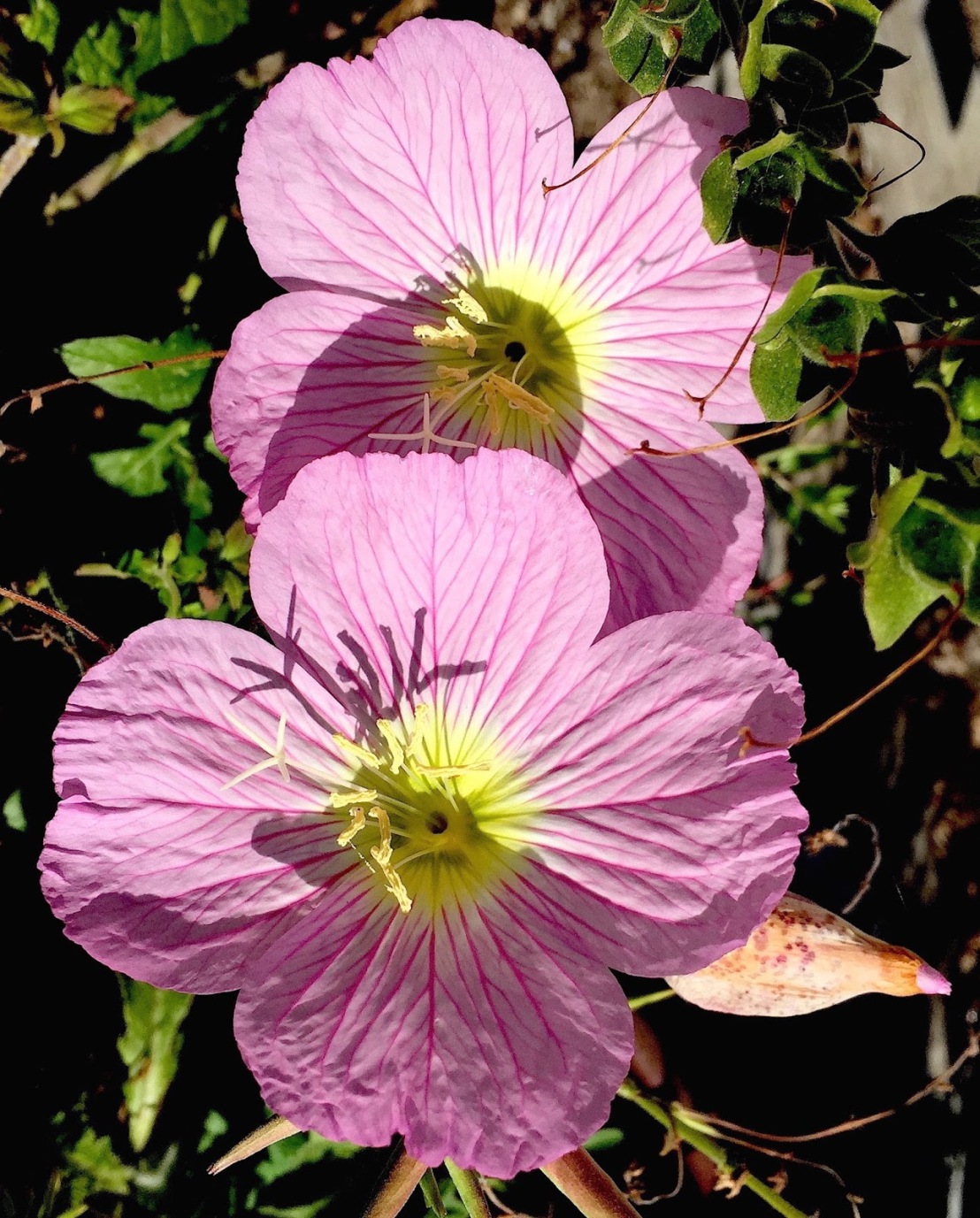Take a break from jousting with worry. Rather than change the way you think, change your relationship to your thoughts.
Avoid always thinking in fix-it mode.
Sing La La La and launch into a favorite melody.
Use humor to design a defense.
Take a copy into the garden.
Climb a tree and read.
The Little Prince, The Velveteen Rabbit, Mice on Horseback, Bridge to Terabitha, A Wrinkle in time, Harry Potter.
Consider reading aloud, Keeping up with Teddy Robinson. Enjoy the humor and how each day reveals an adventure.
While reading the book you loved as a child, find its elementary message and feel transported back to simpler times filled with hope and wonder.
 Push away from the computer. Leave your cell phone. Find hearts in shadows.
Push away from the computer. Leave your cell phone. Find hearts in shadows.
 So the tree rustles in the evening, when we stand uneasy before our own childish thoughts: Trees have long thoughts, long-breathing and restful, just as they have longer lives than ours. They are wiser than we are, as long as we do not listen to them. But when we have learned how to listen to trees, then the brevity and the quickness and the hastiness of our thoughts achieve an incomparable joy. Whoever has learned how to listen to trees no longer wants to be a tree. He wants to be nothing except what he is. That is home. That is happiness. - Hermann Hesse
So the tree rustles in the evening, when we stand uneasy before our own childish thoughts: Trees have long thoughts, long-breathing and restful, just as they have longer lives than ours. They are wiser than we are, as long as we do not listen to them. But when we have learned how to listen to trees, then the brevity and the quickness and the hastiness of our thoughts achieve an incomparable joy. Whoever has learned how to listen to trees no longer wants to be a tree. He wants to be nothing except what he is. That is home. That is happiness. - Hermann Hesse
 Tongue in Cheek?
Tongue in Cheek?
Read to enrich your energy:
Illuminate facial scrub
Flourish Organic
Positively Radiant
Ultra Gentle
Search for Words of the Day
Go for a chuckle.
Just wriggle in a flight of fancy.
Let spontaneity spark.
Up your game.
Find positivity in surprise places.
Haiku is an unrhymed Japanese poem recording the essence of a moment keenly perceived, in which nature links to human nature. It usually consists of 17 jion (Japanese symbol-sounds) arranged in a 5-7-5 pattern.
Examples: https://poets.org/glossary/haiku

Thinking in the rhythm of Haiku provides exercise for the mind. If you combine this concept with a walk in a natural setting, you will discover a Walku.
Study the Haiku form before you go, take a few with you. You do not have to follow it exactly in your three lines. Keep your senses open.
Take a walk for 30 minutes. Stop occasionally and write three lines. Look up and around and write three lines. Notice connections. See how many series of three line observations you can write in the time limit.
Here's a day's Walku:
Shadows move on rocks
Tree sounds its branches upward
Fingers to tempt sky
Black crow interjects
Sunlight dances on stone paths
Scent of hope in breeze
Clouds hang on mountain
Eager to chase each other
Sun catches my pen
The fence teases me
Slide under, or crawl over
Lavender beckons
Look up! Way, way up
Watch cloud form to toy with sky
Teach gulls to giggle
Anytime you need a break from work, writing or yourself, take a Walku. You will return refreshed.
Turn off your computer and go for your Walku now.